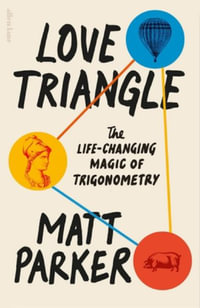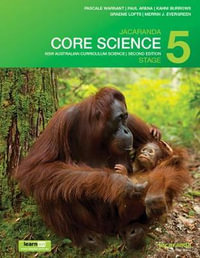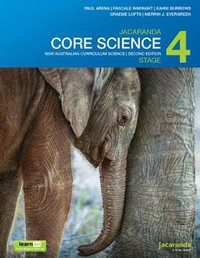
Brief History of Herpetology in the Museum of Vertebrate Zoology, University of California, Berkeley, With a List of Type Specimens of Recent Amphibians and Reptiles
By: Javier A. Rodriguez-Robles, David A. Good, David B. Wake
Paperback | 1 January 2003 | Edition Number 1
At a Glance
Paperback
RRP $63.25
$60.35
Aims to ship in 7 to 10 business days
ISBN: 9780520238183
ISBN-10: 0520238184
Series: UC Publications in Zoology
Published: 1st January 2003
Format: Paperback
Language: English
Number of Pages: 134
Audience: General Adult
Publisher: University of California Press
Country of Publication: US
Edition Number: 1
Dimensions (cm): 25.03 x 18.09 x 0.86
Weight (kg): 0.26
Shipping
| Standard Shipping | Express Shipping | |
|---|---|---|
| Metro postcodes: | $9.99 | $14.95 |
| Regional postcodes: | $9.99 | $14.95 |
| Rural postcodes: | $9.99 | $14.95 |
How to return your order
At Booktopia, we offer hassle-free returns in accordance with our returns policy. If you wish to return an item, please get in touch with Booktopia Customer Care.
Additional postage charges may be applicable.
Defective items
If there is a problem with any of the items received for your order then the Booktopia Customer Care team is ready to assist you.
For more info please visit our Help Centre.
You Can Find This Book In
This product is categorised by
- Non-FictionEducationHigher & Further Education
- Non-FictionNature & The Natural WorldWildlife in GeneralWildlife & Reptiles & Amphibians
- Non-FictionScienceBiology, Life SciencesZoology & Animal SciencesZoology & VertebratesReptiles
- Non-FictionScienceScience in GeneralPopular Science
- Non-FictionScienceScience in GeneralHistory of Science
- Non-FictionPhilosophy
- Non-FictionScienceScience in General























